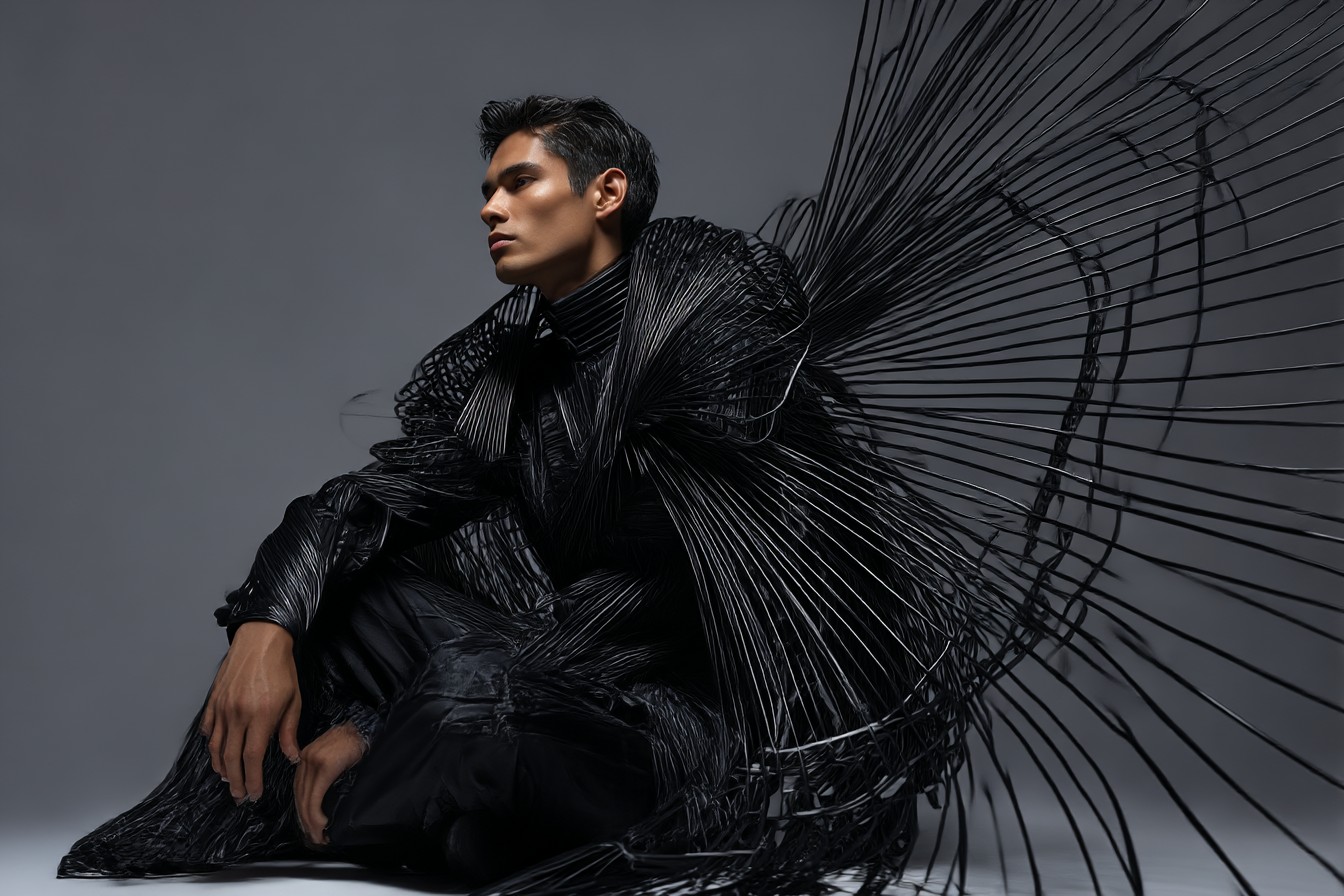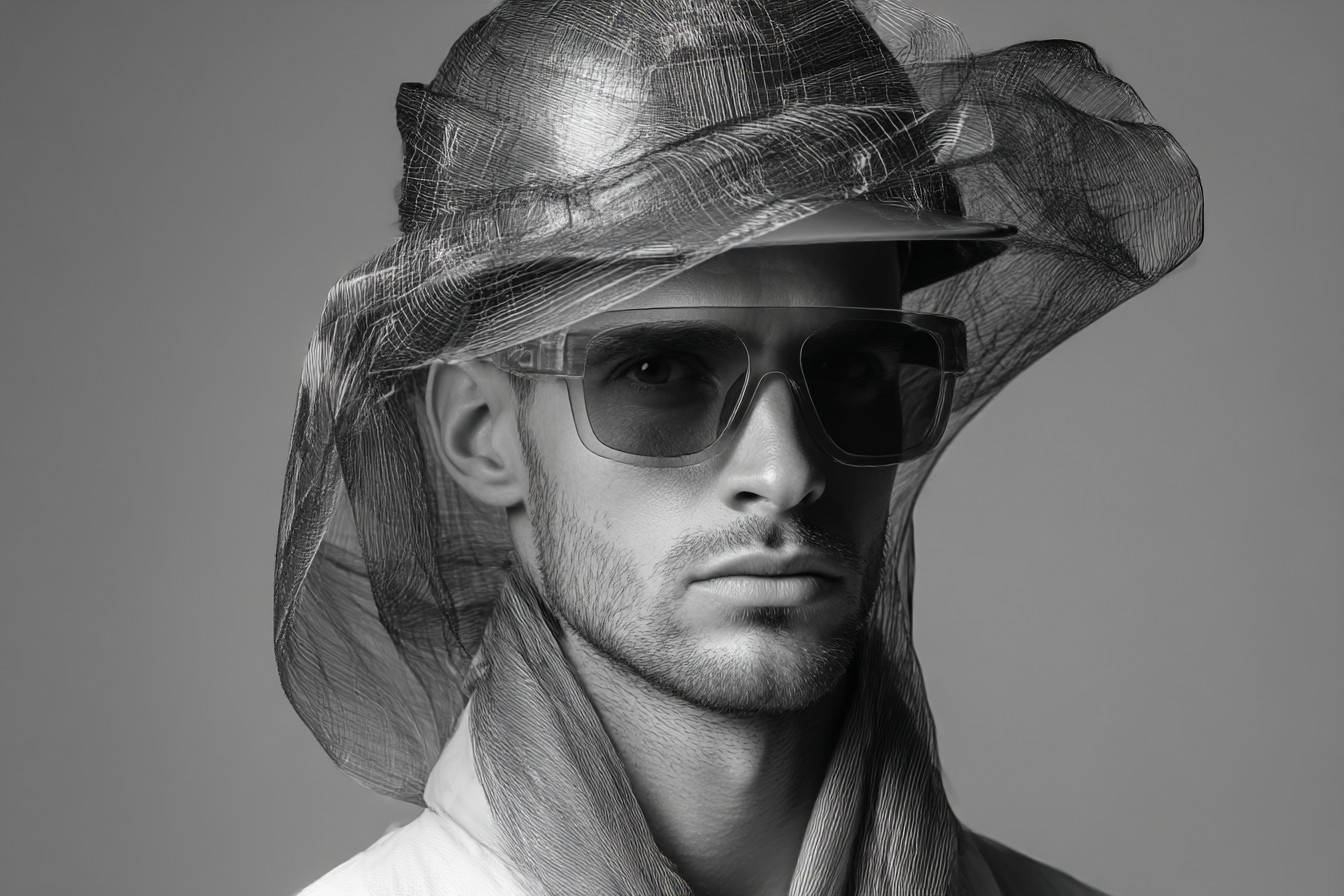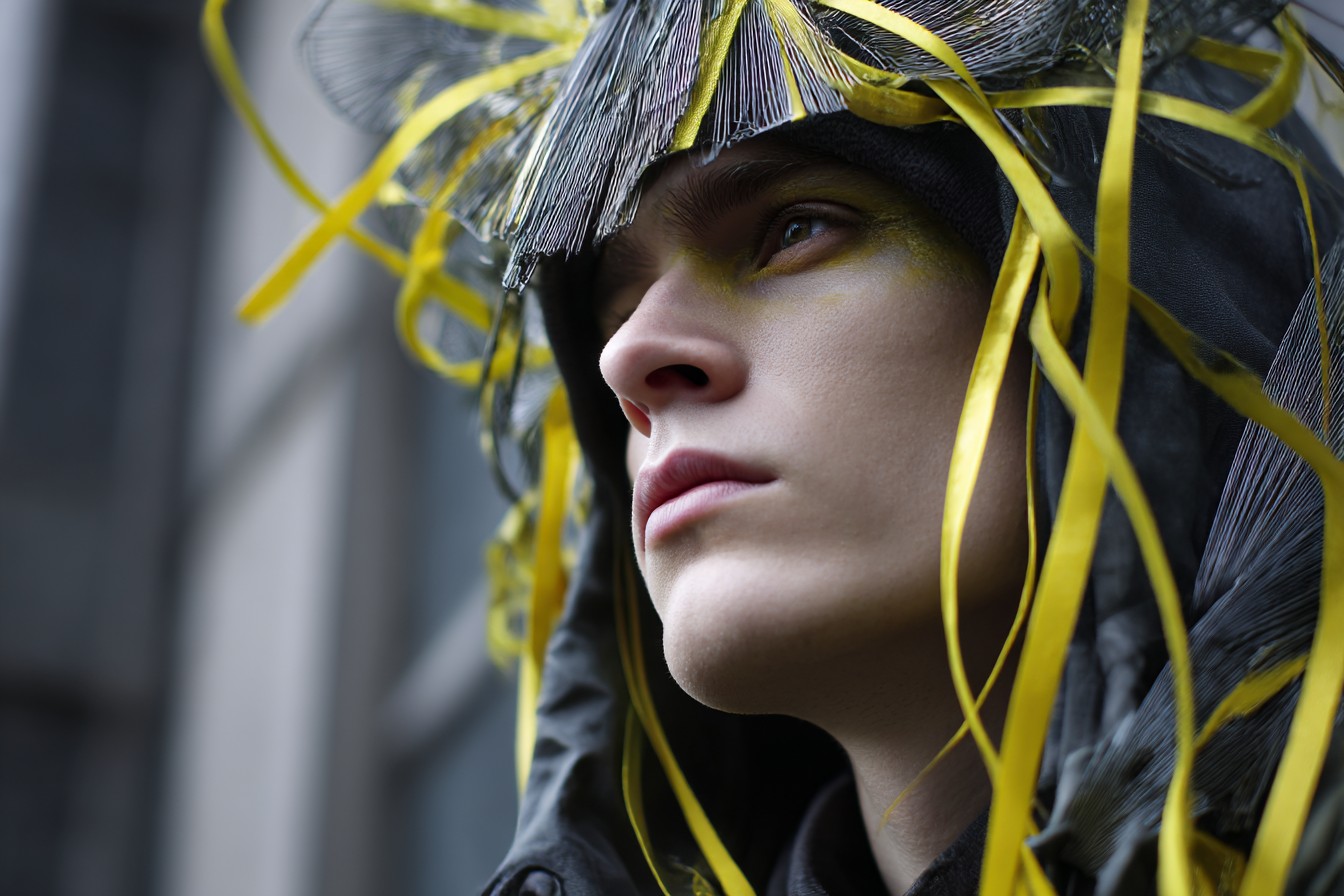My buddy Mark showed up to our lunch last Tuesday wearing what can only be described as sartorial schizophrenia. Up top? A crisp light blue Oxford shirt and a perfectly nice navy knit tie. But below the table line? Faded joggers and—I swear to God—actual running shoes. Not even the kind pretending to be acceptable casual footwear. Literal performance running shoes with those horrific neon yellow accents that scream “I might decide to train for a 5K during this business meeting!”
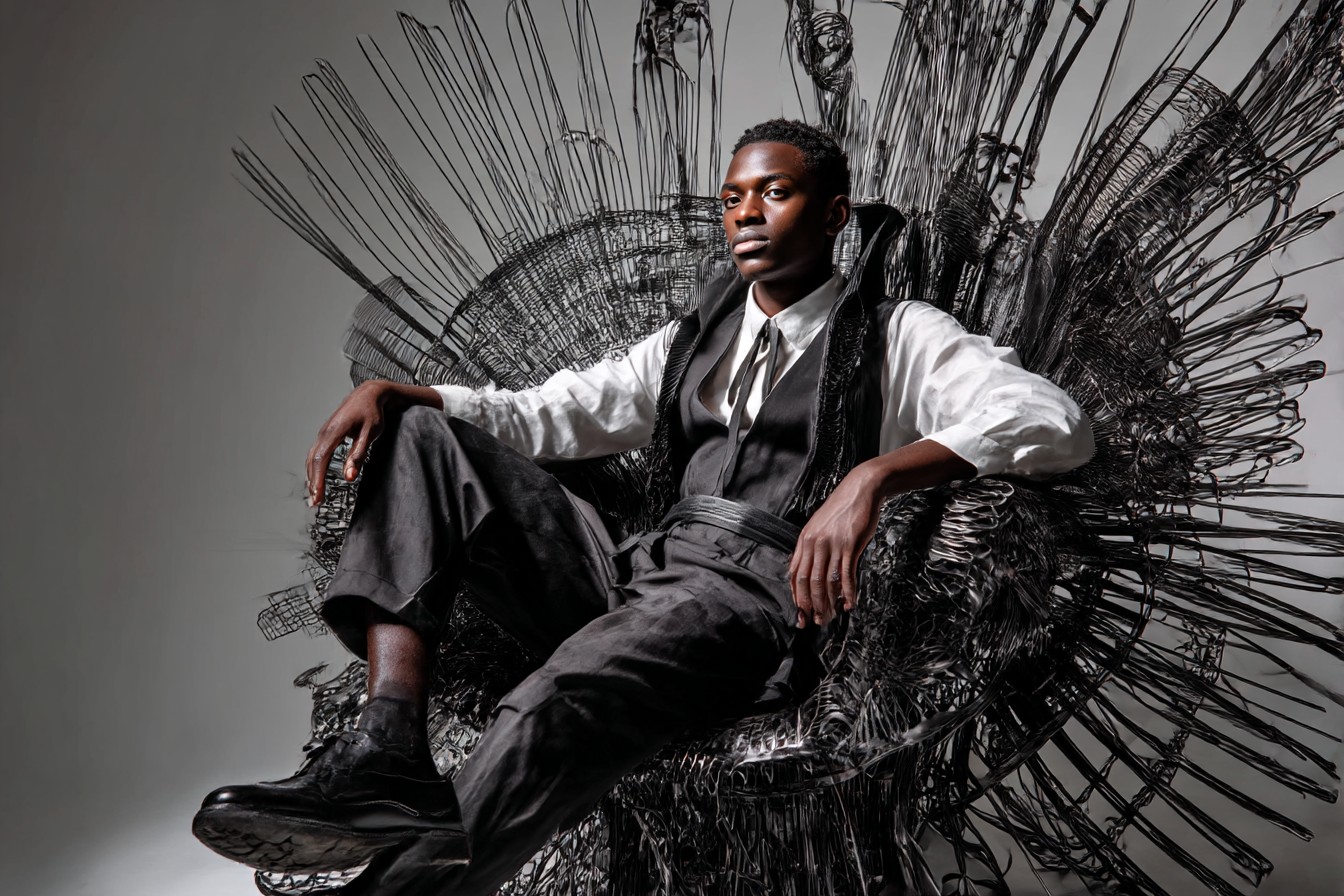
When I pointed this out (gently, I’m not a monster), he looked genuinely confused. “What? This is how I’ve been dressing for work for like two years now. Camera-ready on top, comfort on the bottom.”
And there it was—the perfect encapsulation of our current business casual crisis. Two years of Zoom meetings has created a generation of professional mullets: business up top, pandemic party down below. We’ve collectively forgotten how to dress for actual human interaction in professional settings, and now we’re all wandering into offices looking like we got dressed in the dark while half-remembering advice from a grandfather’s outdated style manual.
I’ve been fielding frantic texts about this exact problem for months. “Jack, I have to go into the office tomorrow for the first time since 2020. WHAT DO PEOPLE WEAR NOW???” Or my personal favorite, from my college roommate who now works at a tech-adjacent financial firm: “Is it weird that I don’t remember how to tie a tie? Like, physically, my fingers have forgotten. Help?”
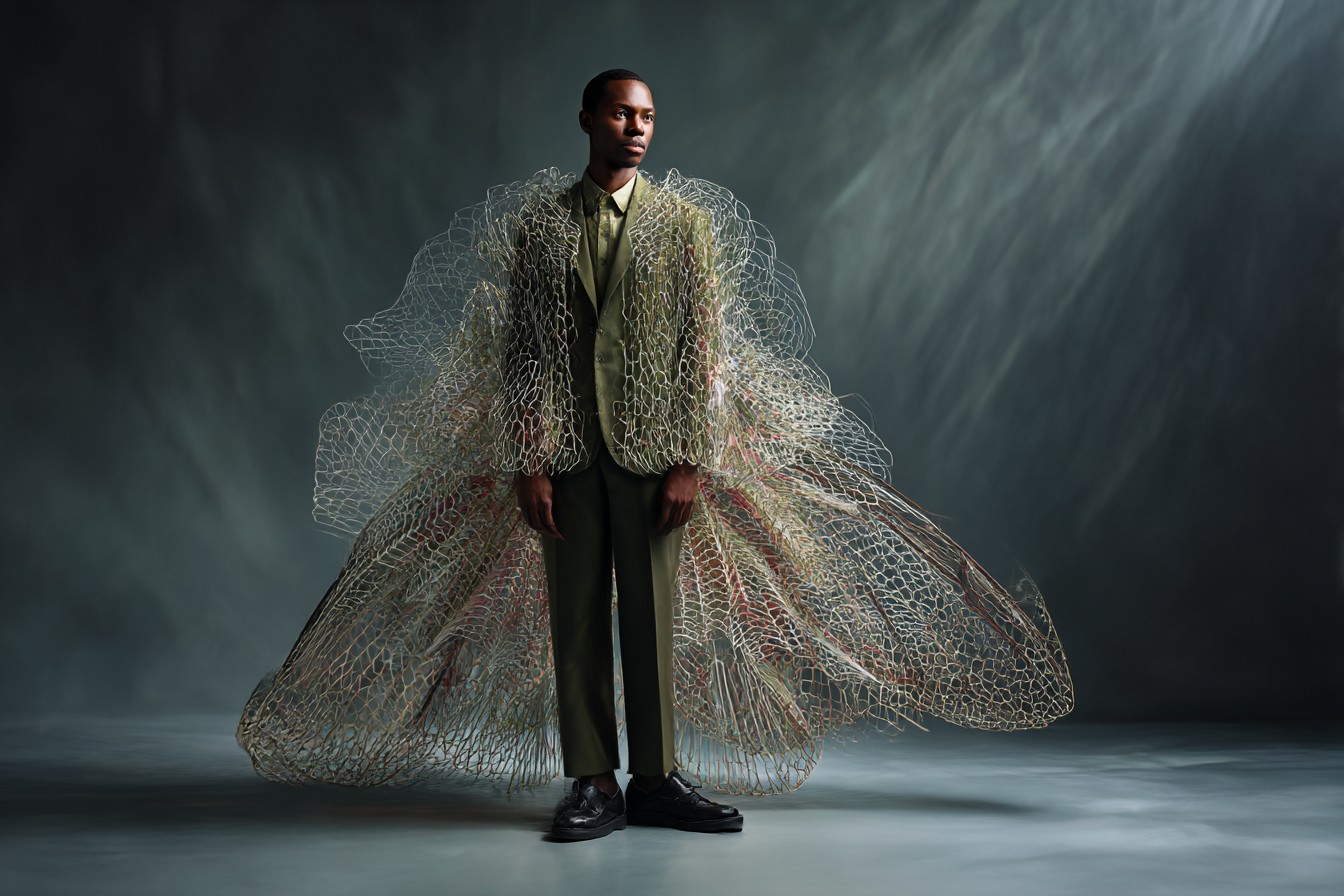
Let’s be clear about something: business casual was already a confusing disaster before the pandemic hit. The term originated in the 1970s and gained steam during the 1990s when companies like Dockers (yes, the khaki people) actively pushed for more casual workplace attire—coincidentally while selling exactly the kind of clothes that would qualify. By the early 2000s, most American offices had some version of business casual dress code, with widely varying interpretations depending on your industry, location, and the personal preferences of whatever executive happened to care most about employee appearance.
But post-pandemic? We’re living in the Wild West of workplace attire. I recently visited five different offices in New York for a piece I was researching. In one finance-adjacent tech company, I saw a guy in a full suit sitting next to someone wearing cargo shorts and Birkenstocks. At a media company, the range spanned from “could be going to a nightclub later” to “might be currently homeless.” A traditional insurance firm still had most employees in dress shirts and slacks, but even they had outliers in jeans and sneakers. No one knows what the rules are anymore because the rules no longer exist in any coherent form.
So what’s a confused corporate drone to do? After talking with HR directors, C-suite executives, and yes, the poor souls trying to navigate this mess daily, I’ve compiled some updated guidelines that won’t make you look like you got dressed in the dark or are desperately clinging to 2019.
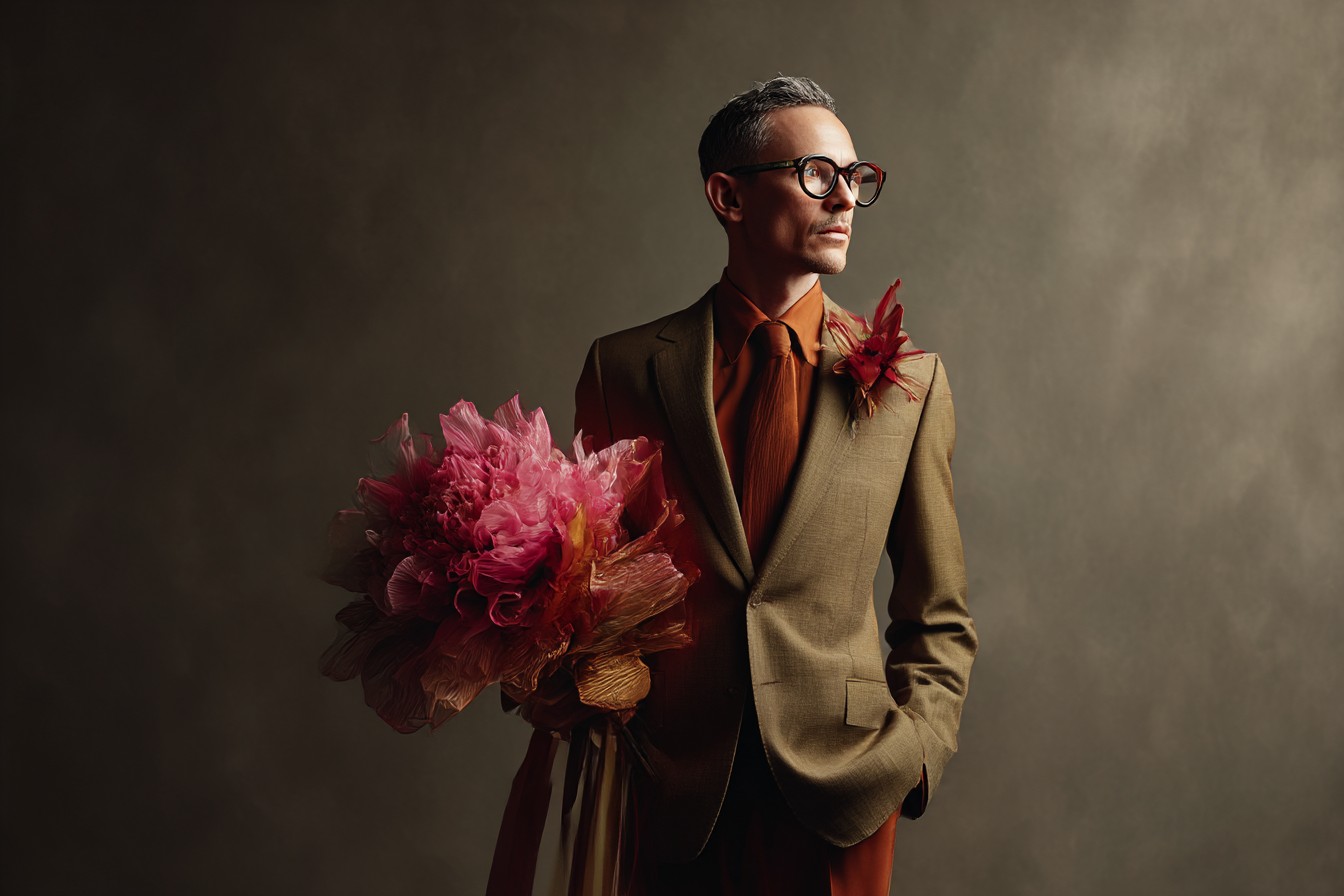
The most consistent advice I heard was: context matters more than ever. Sarah, an HR director at a major consulting firm, told me that they’ve formally relaxed their dress code but with a critical caveat: “We tell people to dress for their day. Client meeting? More formal. Internal work day? More casual. Working from home? Just please wear clothes during video calls, we’ve had incidents.”
Those “incidents” remained unspecified and I chose not to press for details that would certainly leave emotional scars.
This “dress for your day” approach seems to be the emerging consensus across industries. The old blanket rules are dead, replaced by a more nuanced understanding that your outfit should match your activities. Revolutionary concept, I know.
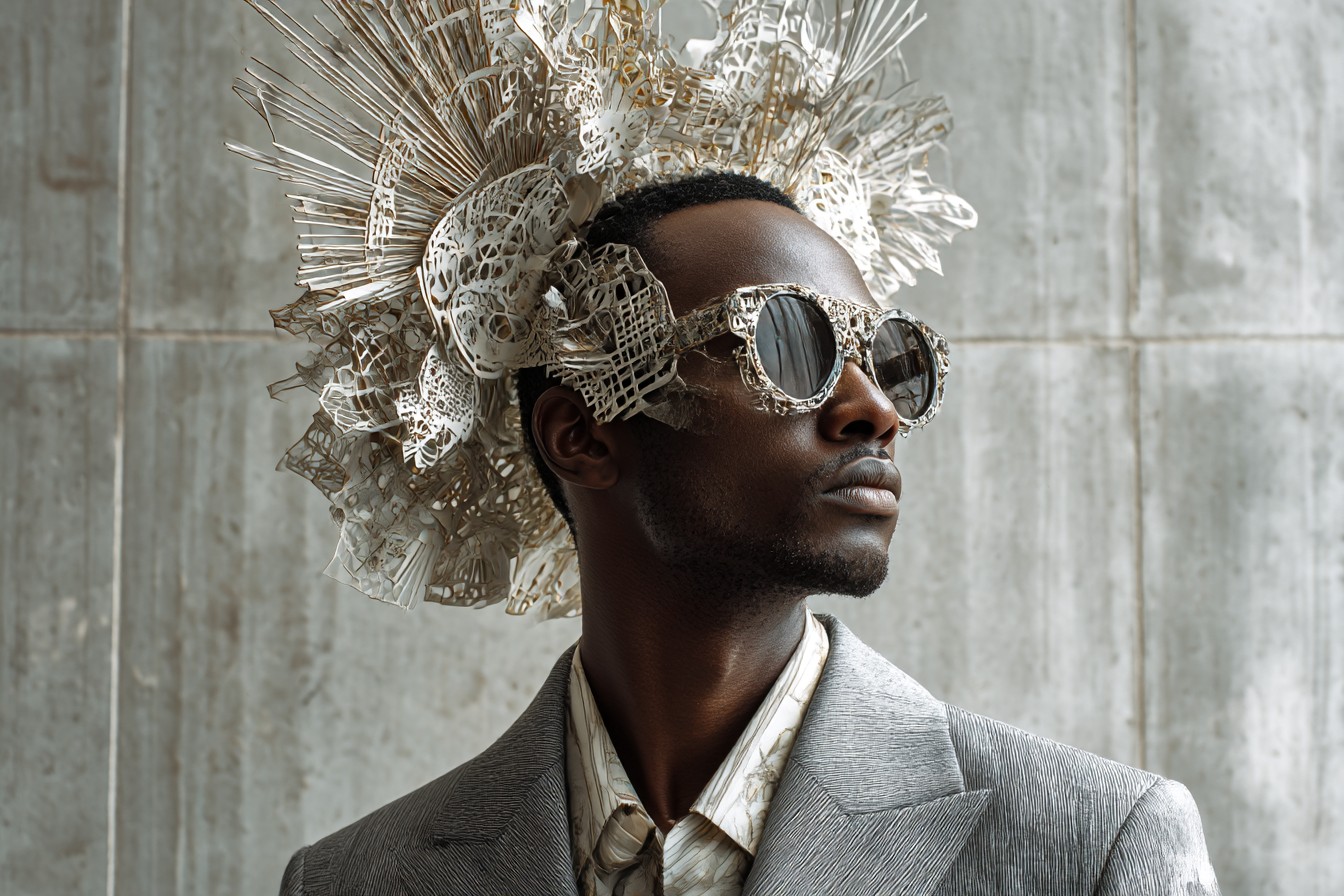
But this creates a new challenge—you need multiple modes in your work wardrobe, often within the same day. This was driven home to me during a recent coffee meeting with Alex, a creative director at an ad agency who showed up looking sharp as hell in dark jeans, a textured blue blazer, and suede chukkas. When I complimented his look, he laughed and pulled out his phone to show me a selfie from two hours earlier—same guy, completely different outfit of joggers and a hoodie.
“Had a morning of internal Zoom calls, then this client coffee, then back to the office for production reviews where I’ll probably get dirty looking at prototypes,” he explained. “So I keep a couple of outfit changes at the office now. My assistant says I’m like Batman but for clothes.”
This kind of strategic wardrobe planning—once the domain of fashion editors and celebrities—is becoming the norm for regular corporate workers navigating hybrid schedules. The guy who used to keep an emergency tie in his desk drawer now has an entire backup outfit or two.

So what specifically constitutes appropriate business casual in this brave new world? After shadowing workers across various industries and interviewing people who make hiring and firing decisions (the ultimate dress code enforcers), I’ve identified some emerging patterns.
For men, the biggest shift is in structure and formality. The matched suit is increasingly rare outside client-facing roles in conservative industries. In its place is what I’m calling “high-low tailoring”—combining more formal pieces (like a good blazer) with more casual ones (like refined jeans or chinos). The trick is maintaining a balanced equation: the more casual one element, the more refined the others need to be.
This means if you’re wearing jeans (which are increasingly acceptable), they should be dark, well-fitted, and unstressed—no conspicuous fading or artificial distressing, for god’s sake. Pair them with a proper shirt—not a t-shirt unless you’re in creative or tech—and ideally a blazer that’s been tailored to fit you properly. Footwear has relaxed significantly, with clean leather sneakers now widely acceptable, though traditional leather shoes still read as more professional.

My friend Darren, a VP at a financial services firm, formulated it perfectly: “The old rule was don’t wear anything you’d wear to mow the lawn or go to a club. That still applies, but now there’s this whole middle territory that’s opened up.”
That middle territory includes previously controversial items like sneakers, jeans, and even the occasional hoodie—though styled dramatically differently than their weekend counterparts. The key differentiator? Quality, fit, and context.
For example, sneakers are increasingly common, but they should be clean, minimal, and ideally in a subdued color palette. We’re talking Common Projects, not the Air Jordans you wear to shoot hoops on Saturday. A fine gauge merino hoodie under a blazer can work in creative environments, while a graphic hoodie with dropped shoulders reads as too casual even in tech.
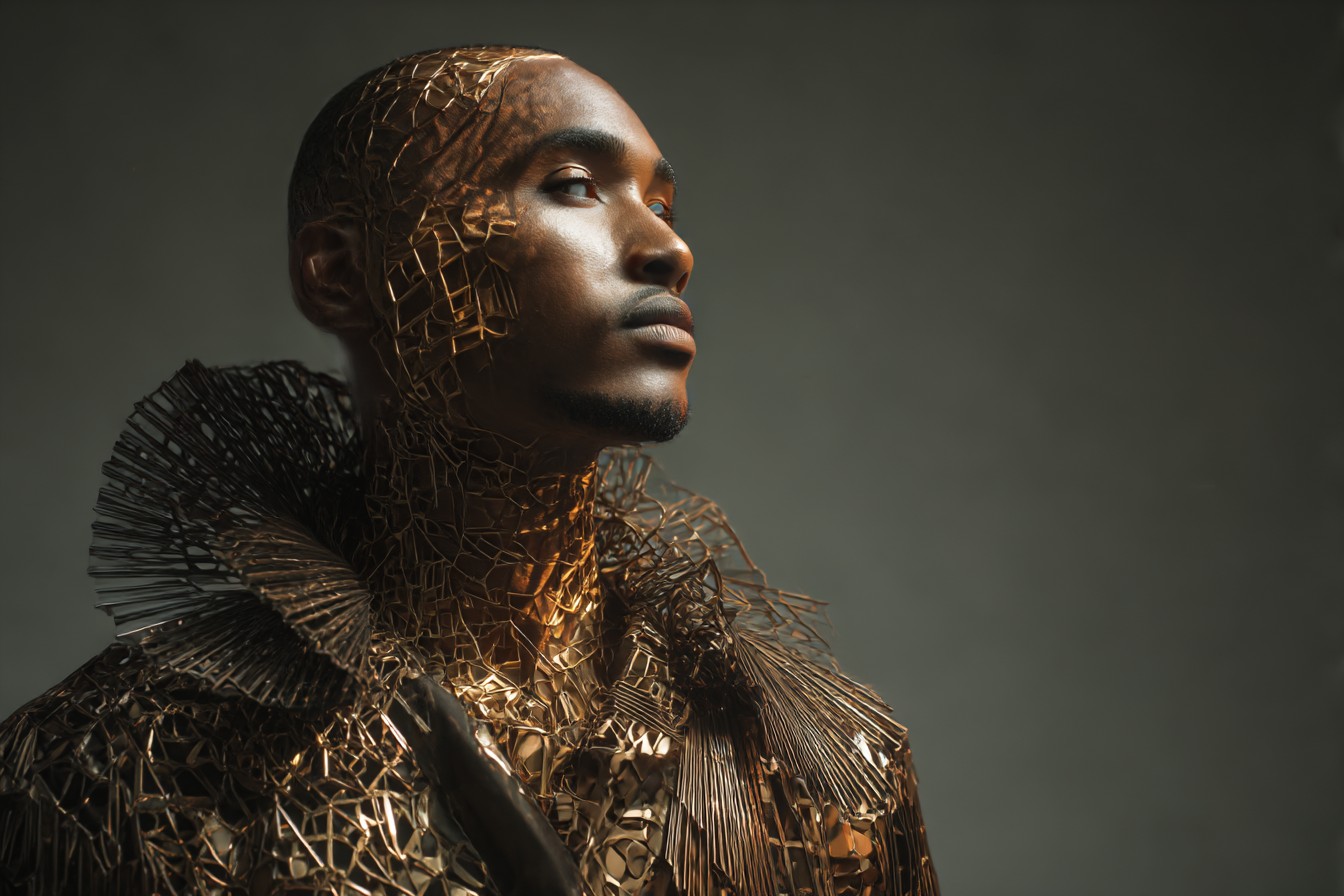
The most egregious business casual sins I’ve observed recently aren’t about specific garments but about how they’re worn. Shirts with visible stains. Pants that clearly haven’t been washed in several wears. Shoes that are scuffed beyond recognition. The pandemic seems to have lowered our collective standards for maintenance, perhaps because we grew accustomed to no one seeing us below the shoulders.
This was hilariously demonstrated when I spoke with Jamie, an executive assistant at a law firm, who implemented a new policy after the return to office: “We now keep a stain stick, lint roller, and shoe shine wipes in every conference room because too many people were showing up to client meetings looking like they’d just eaten a sandwich in their car, which they probably had.”
Another pandemic-specific issue is fit. Many people’s bodies changed during lockdown, yet they’re trying to squeeze into pre-pandemic wardrobes. Nothing undermines an otherwise decent outfit like pulling buttons or waistbands cutting in like a tourniquet. Marissa, a tailor who works with several Wall Street firms, told me her business has exploded with alteration requests as people return to offices: “Half my clients need everything let out. The other half lost weight from stress and need everything taken in. Nobody fits in their 2019 clothes anymore.”

My biggest observation after months of research into this shifting landscape? The dividing line between “acceptable” and “unacceptable” now has less to do with specific categories of clothing and more to do with intent and execution. A well-chosen, properly fitted casual outfit reads as more professional than ill-fitting formal wear. An outfit constructed with obvious thought will always surpass something reflexively thrown on.
This was perfectly illustrated during a visit to a tech company where I observed two employees with superficially similar outfits—jeans, sneakers, button-downs—but radically different impressions. One looked sharp and intentional; the other looked like he’d gotten dressed in the dark. The difference wasn’t what they were wearing but how they were wearing it.
The good news in all this confusion? There’s unprecedented freedom to develop a personal style that works for your industry and body while still hitting the mark professionally. The bad news? That takes way more thought than just reaching for the old uniform of chinos and a blue button-down.
My advice for anyone navigating these uncharted waters: invest in versatile pieces that can dress up or down depending on how you combine them. A good navy blazer works with everything from grey dress trousers to dark jeans. Clean white sneakers can work with most casual office looks while maintaining comfort. A selection of well-fitted button-downs in different weights and textures can be the foundation of countless outfits.
Most importantly—and I cannot stress this enough—everything should actually fit your current body. Not the body you had in 2019. Not the body you hope to have after another six weeks of your current fitness kick. Your actual, present-day body deserves clothes that fit properly.
As we settle into whatever “normal” eventually becomes, I suspect we’ll see the emergence of new workplace style tribes rather than a return to unified dress codes. The traditionalists who maintain pre-pandemic formality. The comfort-first contingent who’ve adapted office-appropriate versions of athleisure. The fashion-forward who use the office as a personal runway. And of course, the perpetually confused who’ll keep texting people like me at 11 PM asking “is this tie too wide for an 11 AM presentation?”
To which I’ll reply, as always: “It depends—who’s your audience, and what do you want them to think about you?” Because ultimately, that’s what all this boils down to. In a world without clear rules, the real question is what story your clothes are telling—intentionally or not—about who you are professionally.
As for my friend Mark and his mullet outfit? He sheepishly admitted that he’s been keeping dress shoes and proper trousers in his desk drawer, changing into them for important meetings and then back into his comfort clothes afterward. “It’s exhausting,” he sighed. “Sometimes I miss suits. At least then I always knew what to wear.”
I didn’t have the heart to tell him that’s exactly what we’ll be wearing again in about five years. Fashion is cyclical like that. In the meantime, I’ll keep answering those panicked texts one confused office worker at a time.
